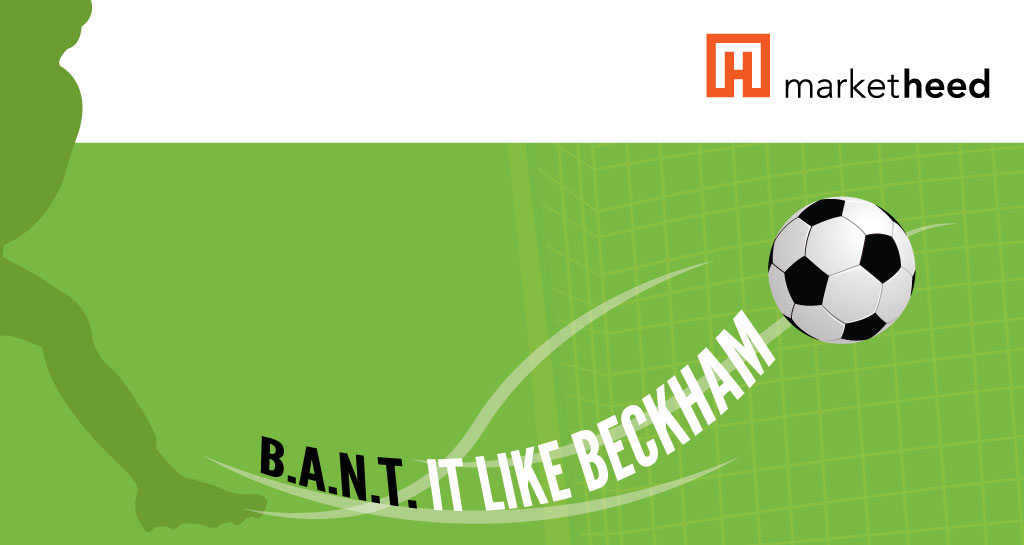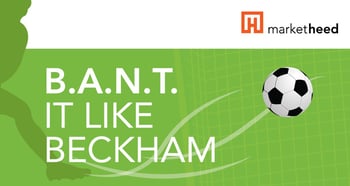
When IBM pioneered a method of qualifying sales leads based on Budget, Authority, Need and Timeline — commonly known as BANT qualification — the world was a very different place. These were the days before the Internet and before potential customers could conduct extensive research on their own. Any customer wanting information on your goods or services had to work through your sales department. Either your sales staff made rounds and called on likely candidates or your telemarketing department did a bit of pre-screening before handing leads off to sales. Occasionally, a potential client would call in response to a print ad or flyer. In short, virtually all sales leads were generated by outbound sales methods that involved your company pushing its message to possible buyers.
Outbound marketing still has its place, but the digital age has shifted the "balance of power." Today, the emphasis is on inbound marketing, which is essentially getting the customer to contact you. Sales funnels are no longer straight, logical progressions that can be managed in a linear manner, so you might have little information regarding just where a buyer is in his journey when he calls you for the first time.
This makes BANT qualification process unwieldy when used as it was originally designed.
BANT Qualification As It Was Originally Designed Isn’t Enough
Consider these facts:
- On average, your customers have completed 70 percent of their purchase journey before they contact your sales department.
- 50% of leads you generate are qualified but not yet ready to buy.
- Your customers need between 9 and 11 touchpoints before they are ready to make a purchase.
- Your customers might have no clue that they need your product or service, especially if you are offering a disruptive technology.
- Customers might also be unaware of pending regulatory or statutory changes that could impact their industry and possibly make your services necessary, cost-effective or highly desirable.
- There has been a growing trend among businesses to get away from the "carved in stone" budgets prepared at the beginning of each fiscal year. Many businesses are not establishing a fixed budget or allocating funds until they are at the purchase stage.
- Less and less, there is one individual who has complete authority over a purchase. More often, purchases require two or more approvals, and major purchases may require winning over a committee.
All of the above can make establishing a timeline impossible during the early stages of a customer’s purchase journey. If the customer does not know he needs your product or services, he cannot have a preset budget or a timeline. Using BANT as it was originally designed could cause you to disregard legitimate leads or focus too much effort at the wrong point in the customer's journey, such as trying to close a sale before convincing him that he needs what you sell.
BANT was developed when leads were generated through some type of interaction between the company and the customer. It might be a "cold call" or a phone conversation. Either way, your staff had the opportunity to ask sales qualifying questions that could help qualify the lead. If the prospect could not specify a budget or timeline, the contact normally was dumped back into the pool rather than handed off to sales. Disregarding leads is not practical today, given the changes already noted in how customers approach a purchase.
What We Need is to Bend BANT like Beckham
 We all know that the shortest distance between any two points is a straight line connecting them. However, if there are obstacles in the path, a traveler would need the road to bend around them to complete his journey. Soccer great David Beckham understood that the shortest distance between the ball and the goal was not always a straight line. He developed a method of "bending" the ball around defenders to score goals that would have been impossible if he had limited himself to only straight-line kicks.
We all know that the shortest distance between any two points is a straight line connecting them. However, if there are obstacles in the path, a traveler would need the road to bend around them to complete his journey. Soccer great David Beckham understood that the shortest distance between the ball and the goal was not always a straight line. He developed a method of "bending" the ball around defenders to score goals that would have been impossible if he had limited himself to only straight-line kicks.
Instead of abandoning BANT, marketers need to learn how to "bend BANT like Beckham" to score a lead. BANT is still an excellent tool that provides quantifiable, scientific answers instead of forcing reliance on "gut instinct" or past history. The key is learning how to adapt BANT to meet your company's specific needs in today's ever-changing market.
Customizing BANT Qualification in the Inbound Era
You are probably thinking that you cannot qualify a lead without having some type of interaction. There is a great deal of truth to that — but you may be limiting yourself to traditional interactions, such as phone calls or letters of inquiry. Customizing BANT to help you qualify your leads can save your sales team time and frustration. One such customization to consider for example is adopting BAD, which stands for BANT, Activity and Demographics.
In the digital age, you have a variety of tools at your disposal to interact with customers that can give you information about their interest in purchasing your product or service based on their activity and demographics, such as:
- Landing pages
- Official website
- Social media page
- E-newsletters
- Webinars
- Blogs
- LinkedIn profiles
- Downloadable e-books
- White papers
- Product specification sheets
Each interaction can represent a different level of commitment from the customer, and each can provide you with additional insight into the customer's readiness to buy. The keys are to provide relevant content for each stage in the buyer's journey and to score the interactions in a manner that most closely fits your company's experience.
For example, say you have developed a revolutionary software for marketing automation. Someone visiting your website or Facebook page could be seeking more information on your company's reputation or merely visiting out of curiosity. As such, you would score this interaction quite low.
The visitor then proceeds to read your blog posts, earning him a few more points. He reviews a white paper you have written on a related topic and earns additional points. You give him points when he signs up for your newsletter and extra points when he clicks a link in it. He is willing to give you additional information to download one of your e-books, which should give him quite a few points. When the lead score reaches a certain threshold, chances are that the lead is ready to purchase your product or service.
Alternatively, when the lead starts downloading product specification sheets, participating in your webinars or fills up a sales contact form, he is probably getting very near to ready. He may still need a bit of nurturing to close the deal, but he has shown a great deal of interest in your company.
Conclusion
In its simplest form, BANT qualification used to help generate sales ready leads - leads that show the intent to buy the product or service you offer. In the inbound era, customers are still providing us signals that can be tracked. We just need to adapt to the changing times and customize BANT in order to be successful. Are you ready to "BANT it like Beckham?"


